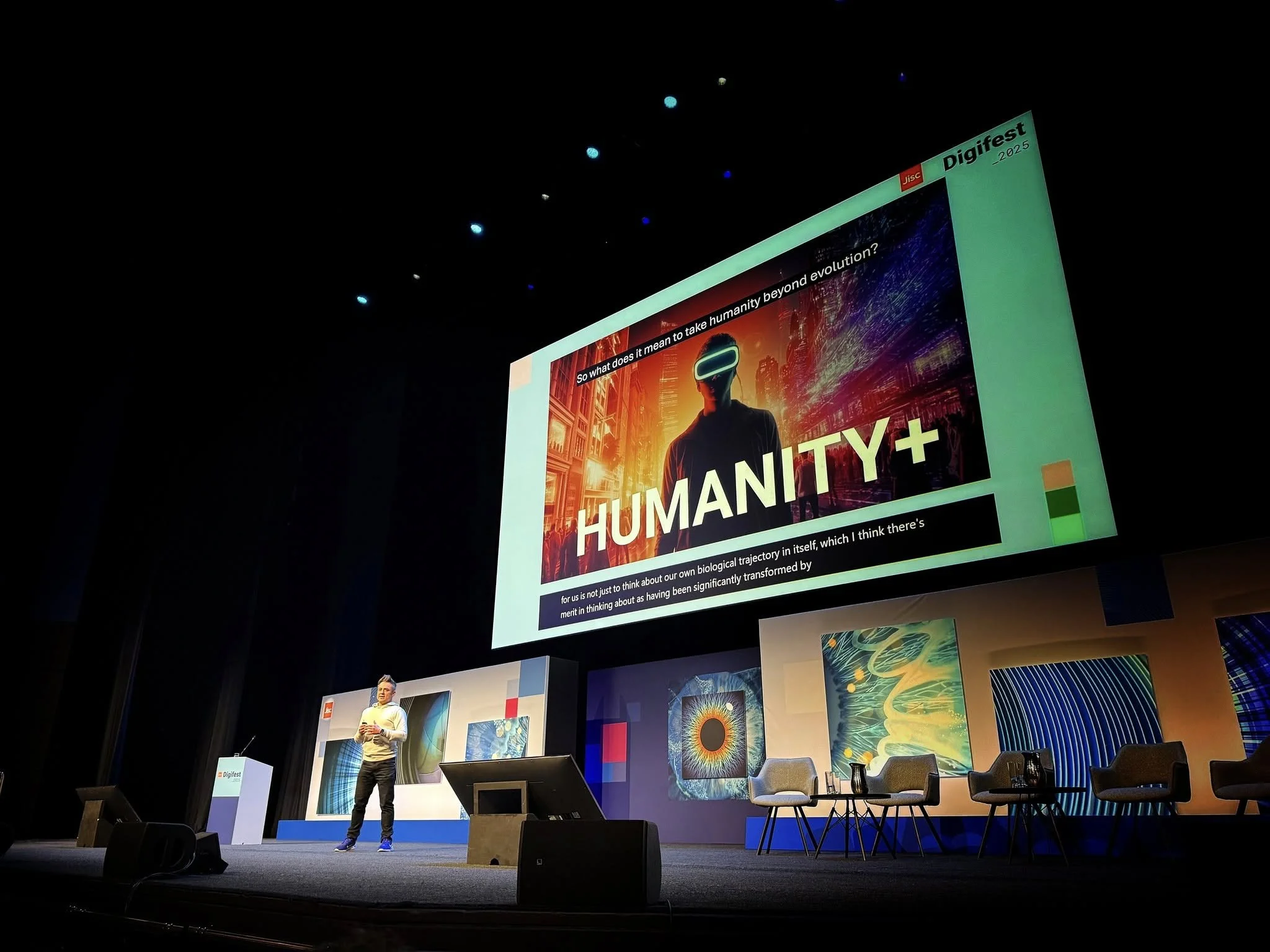
Make it stand out
What’s been happening?
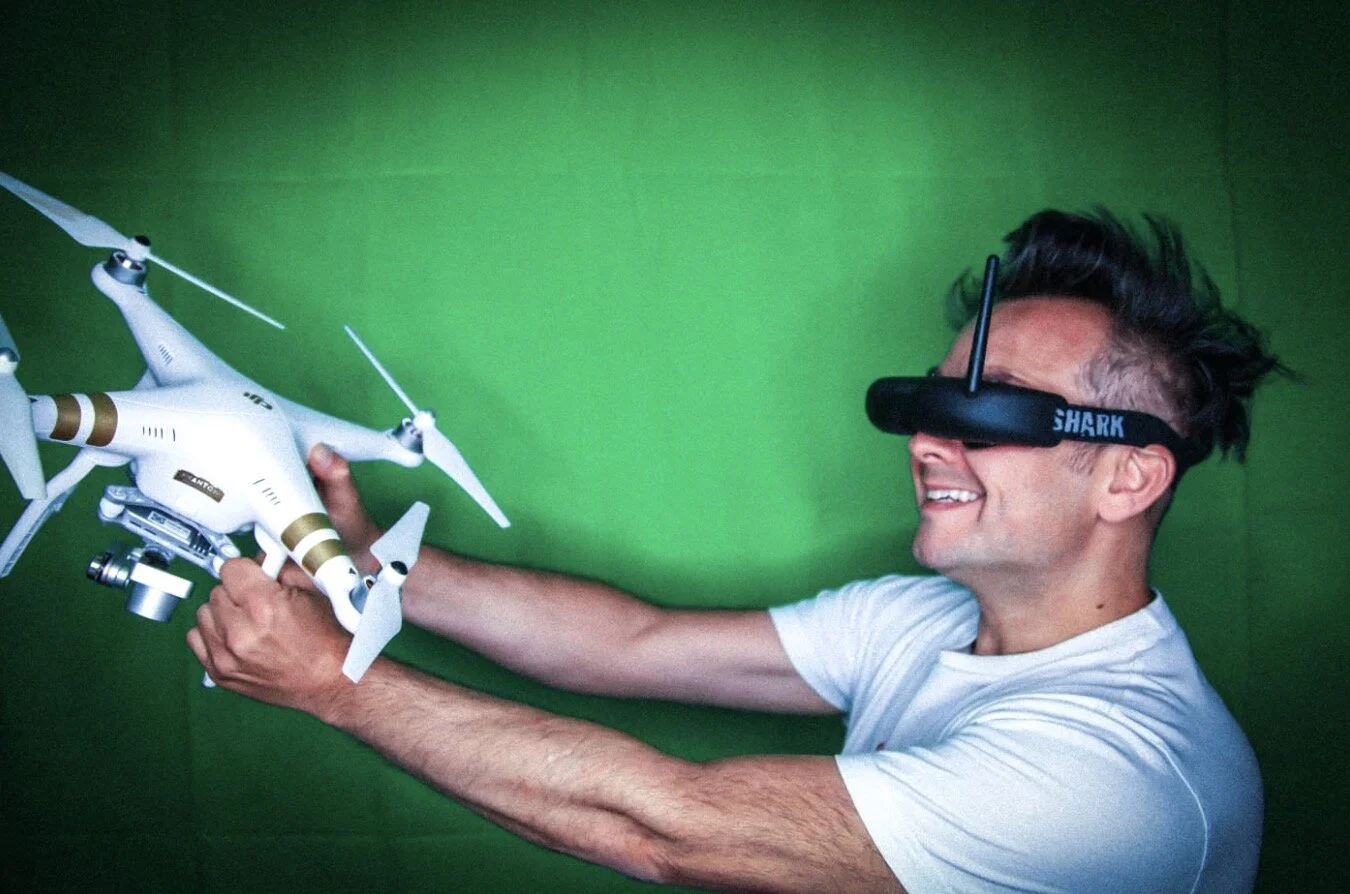
Dancing with Drones

‘How Our Drone Society was Made by Artists and What it Tells us About Ourselves’

Drones, China, and the Coronavirus
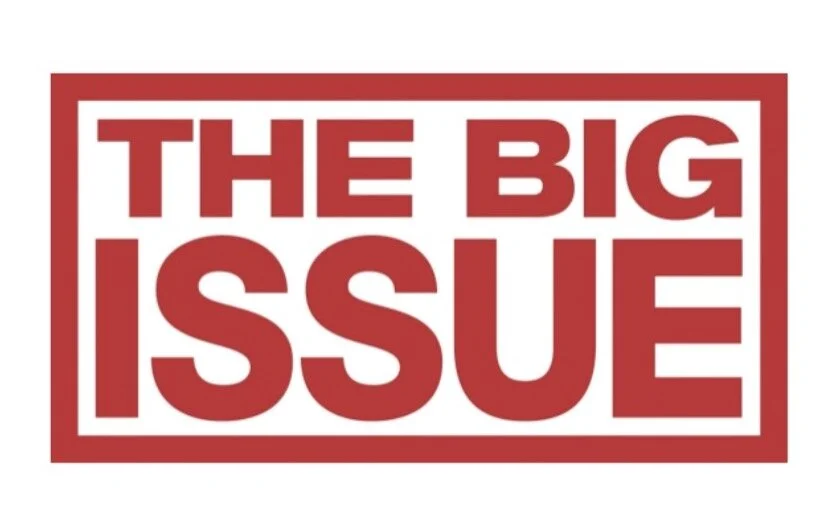
Our Eyes in the Sky
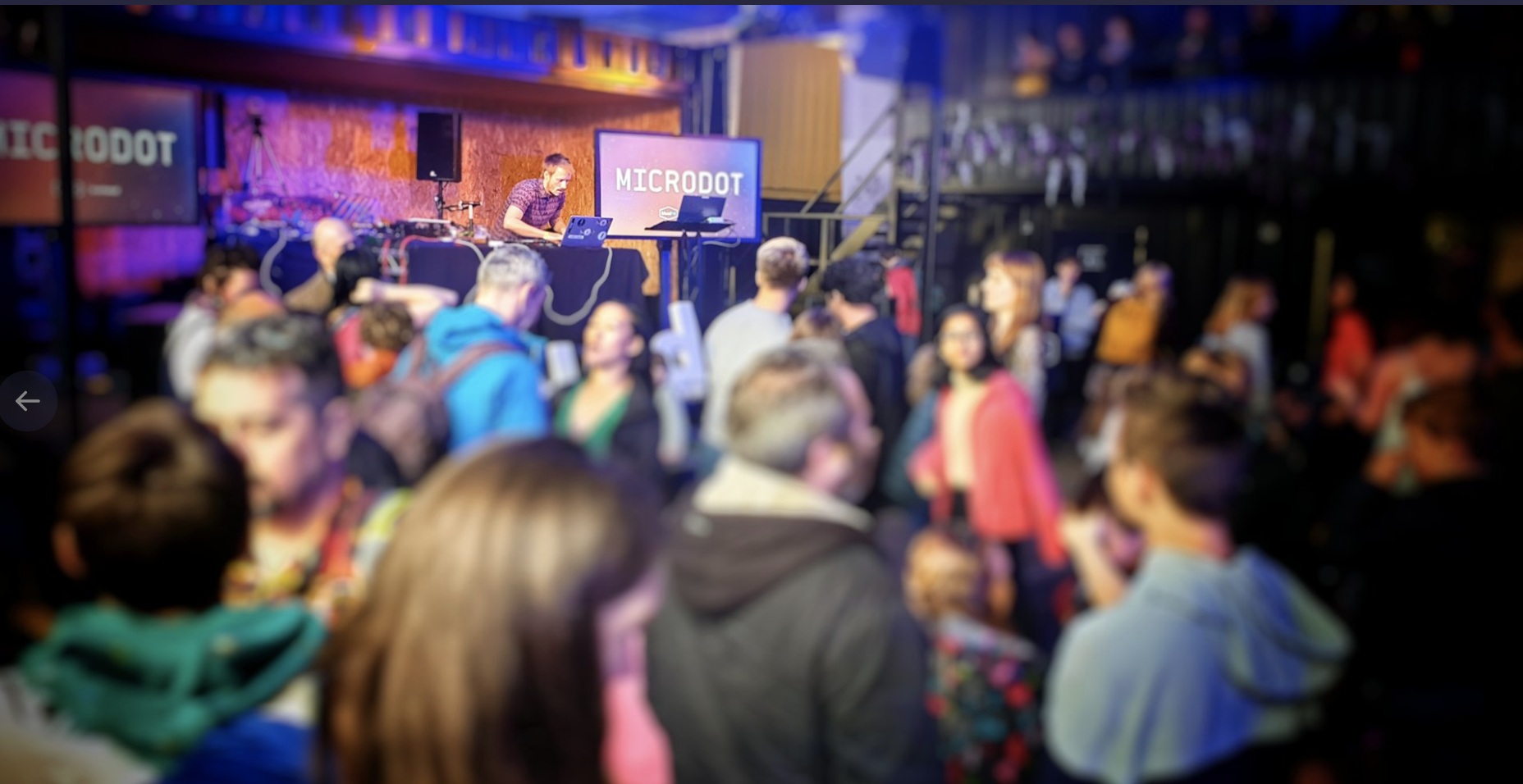
DRONES @ Microdot
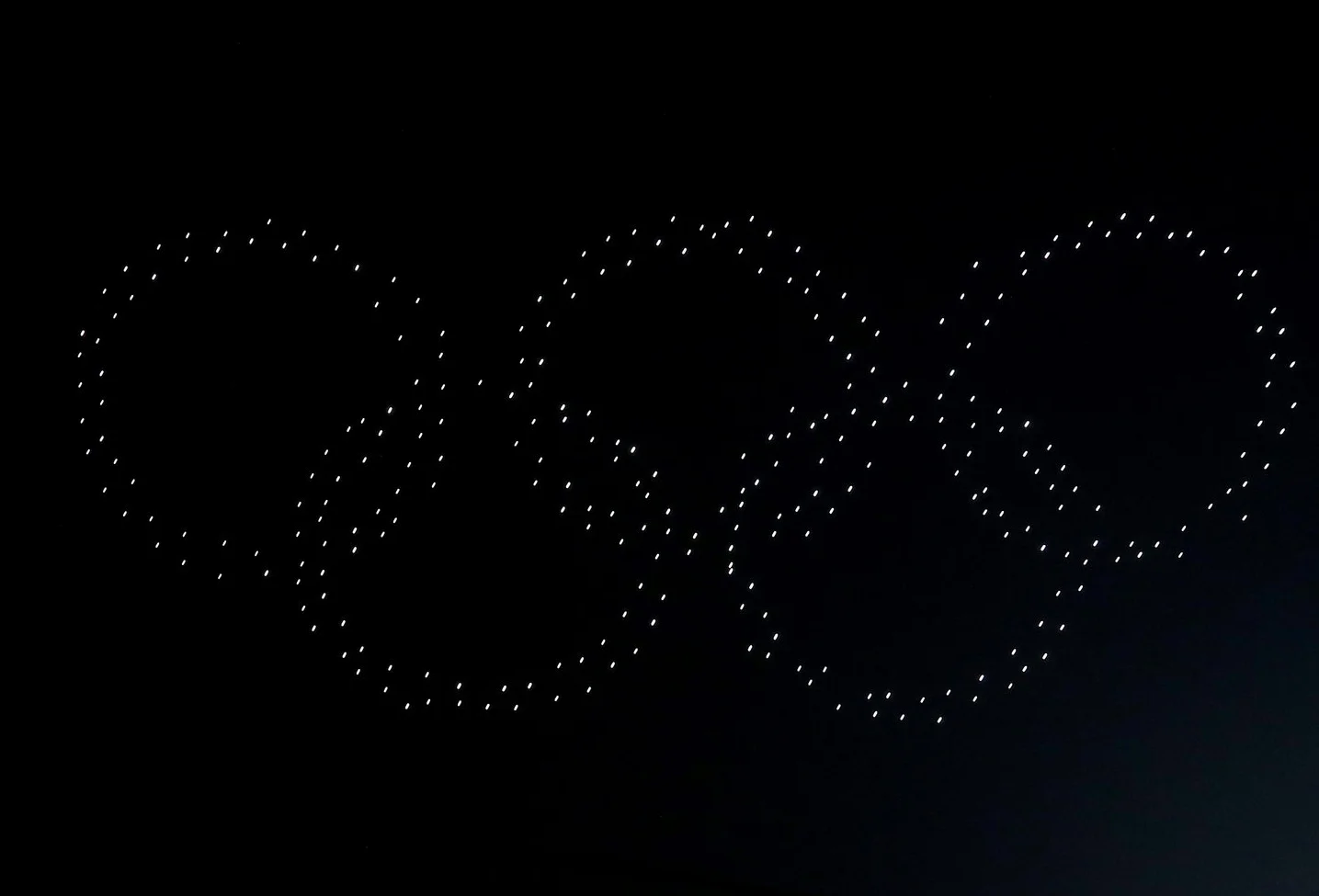
The Olympic Games Drone Show
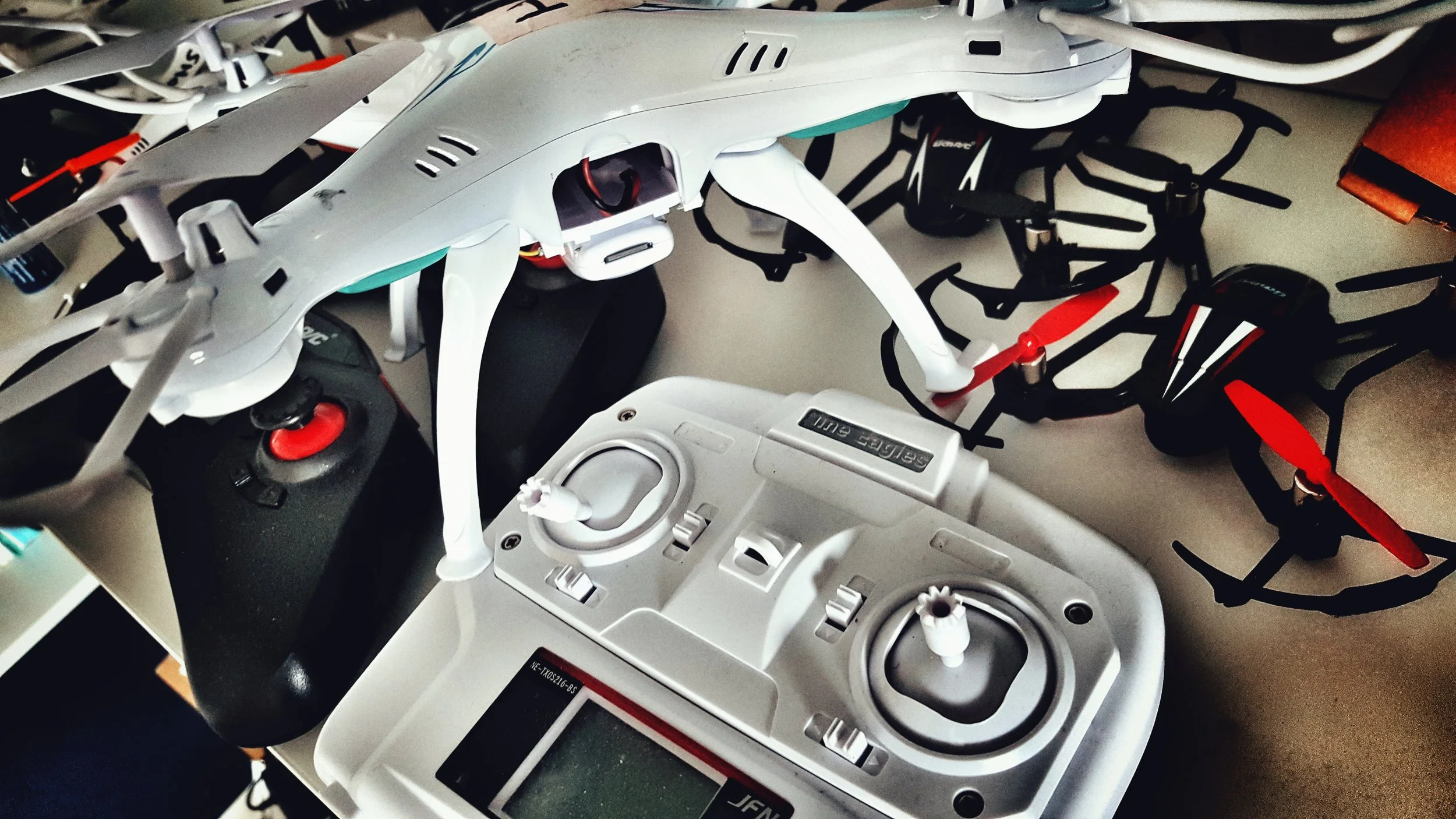
Drone delivery from the ground

How drones are changing the world
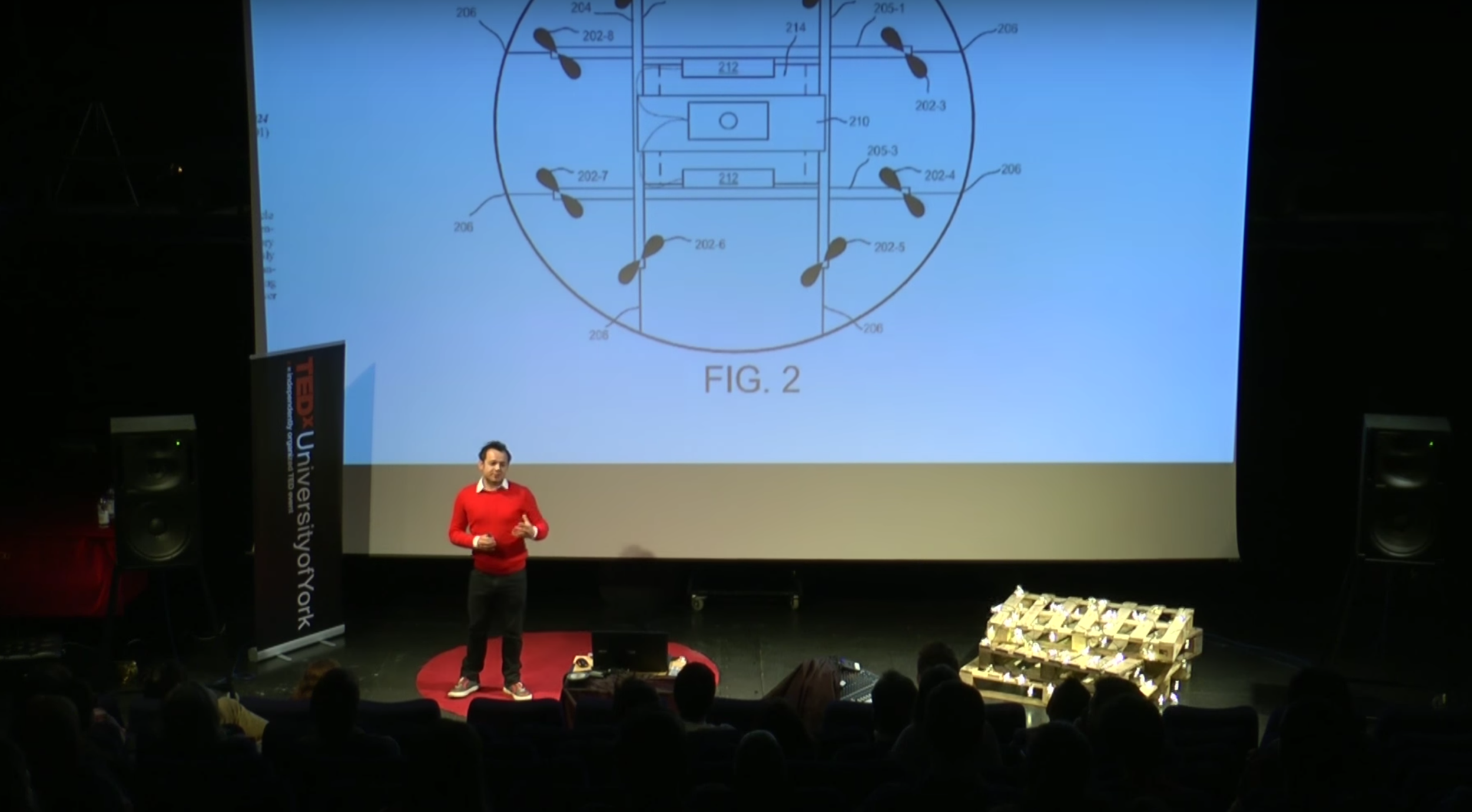
A Drone's Eye View of the Future
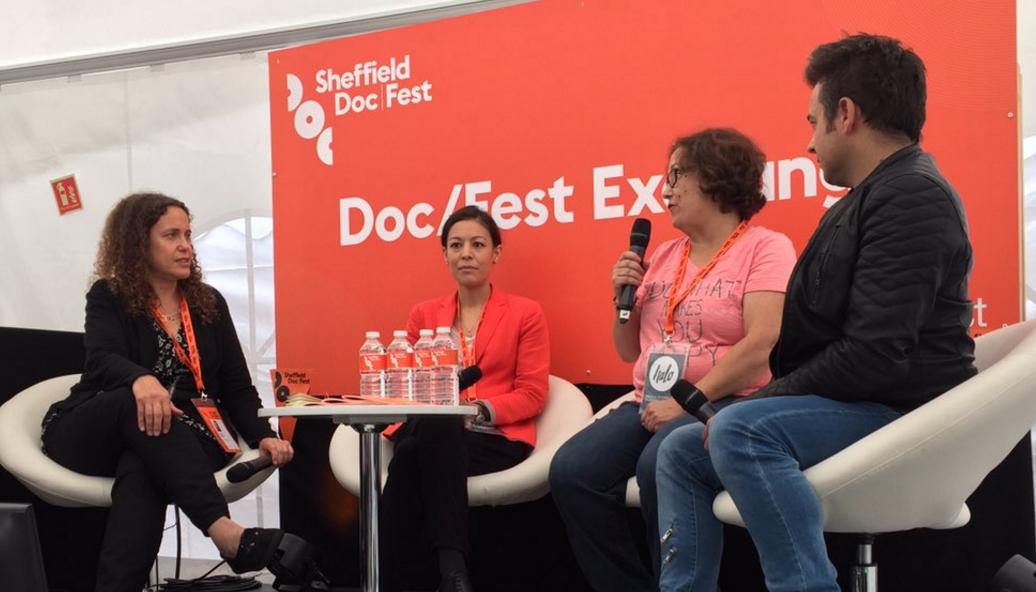
National Bird #sheffdocfest

Drone Dating Day

Drone Expo

Drones in the House of Lords

Abandon Normal Devices

What I find fascinating about drones

Salford Alumni event

Project Daedalus London Showcase

#SciFoo @Google

Drone Society

